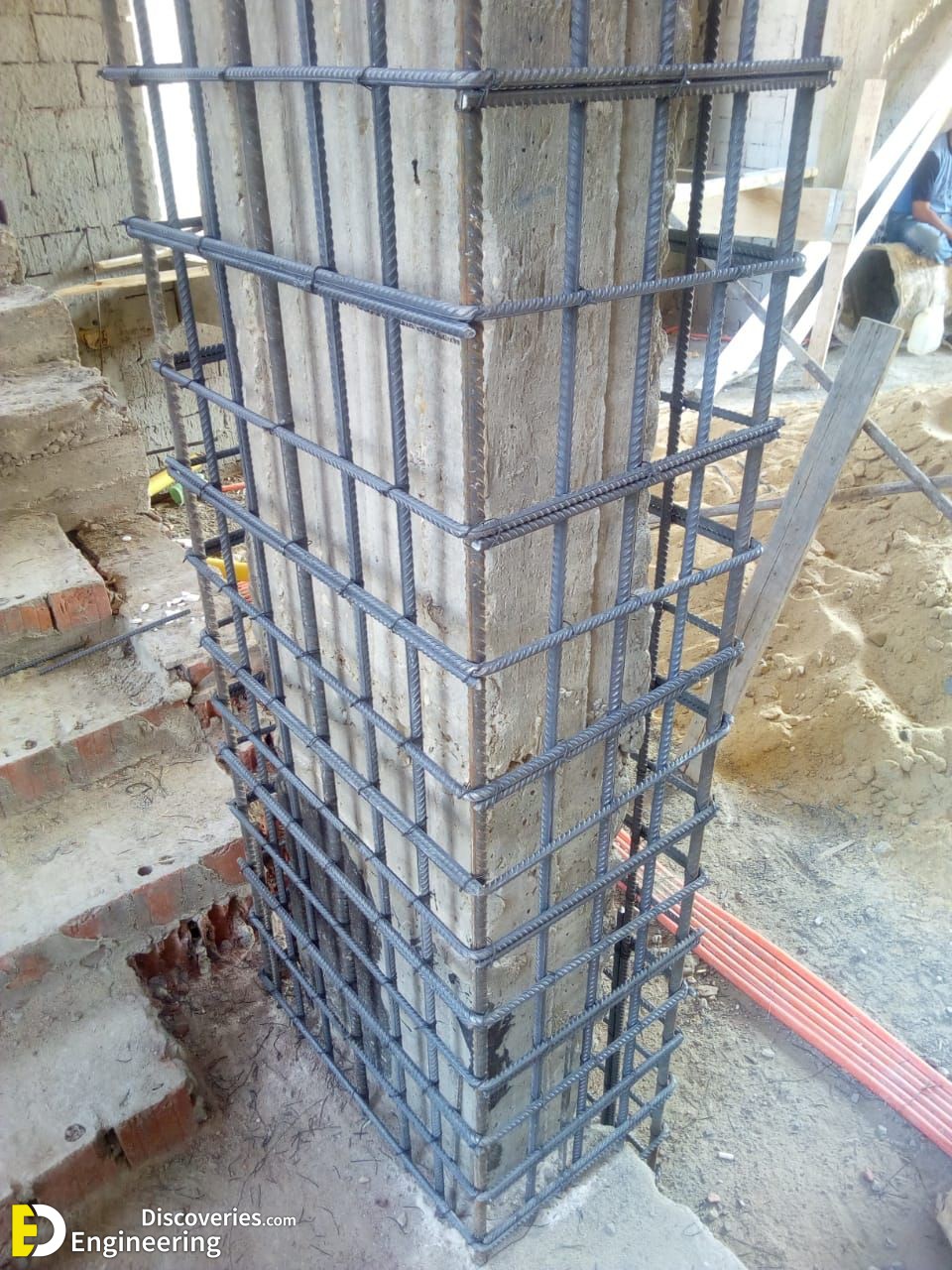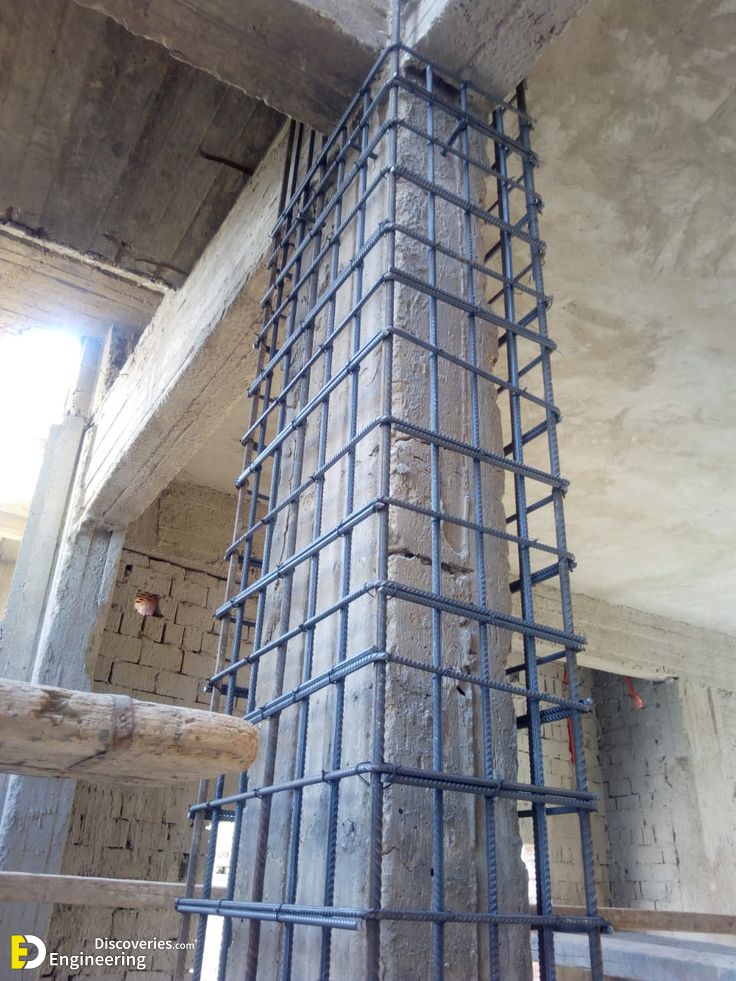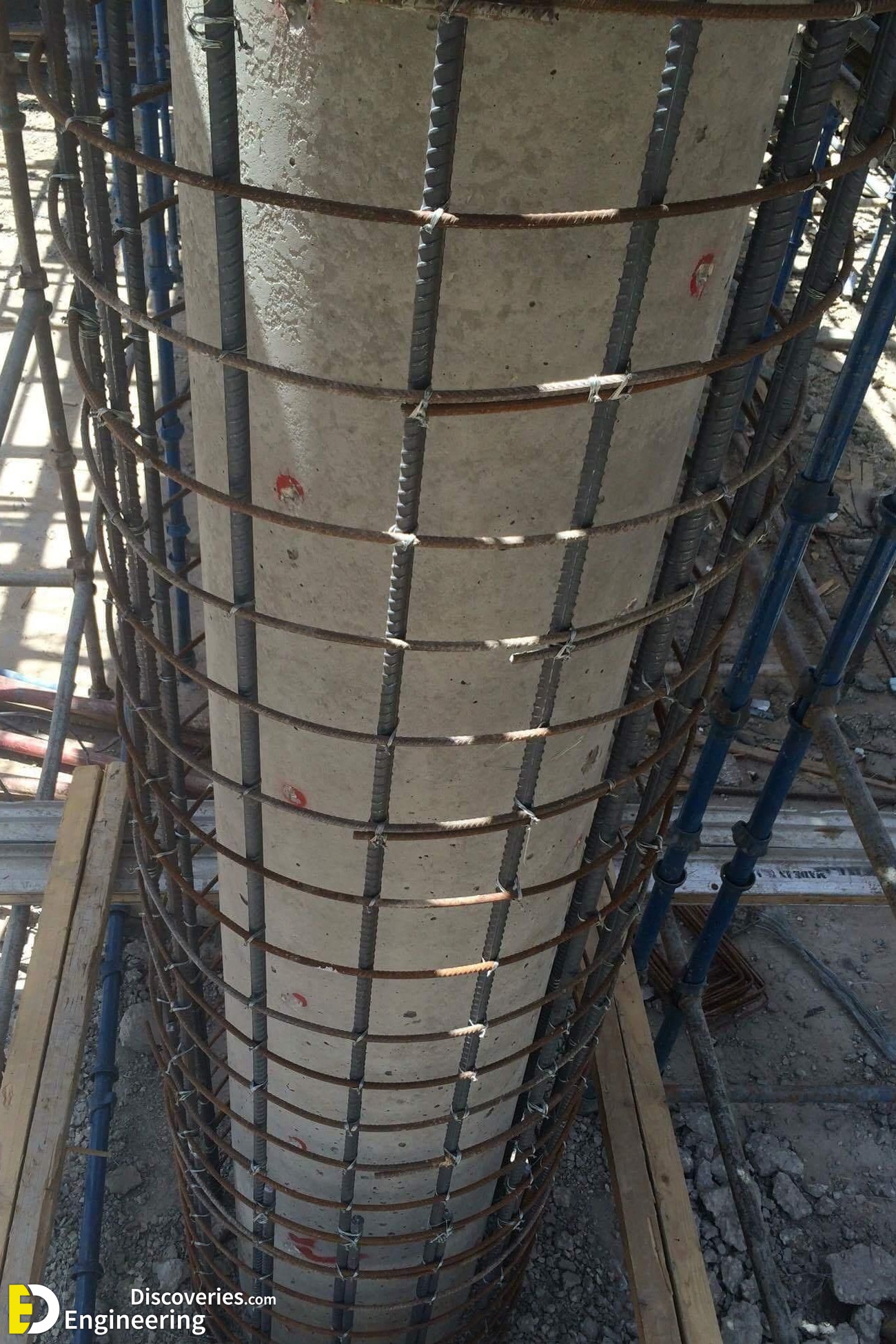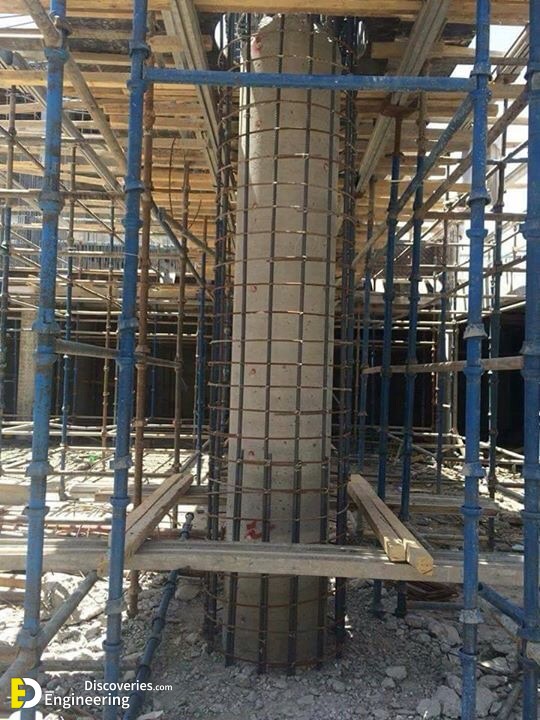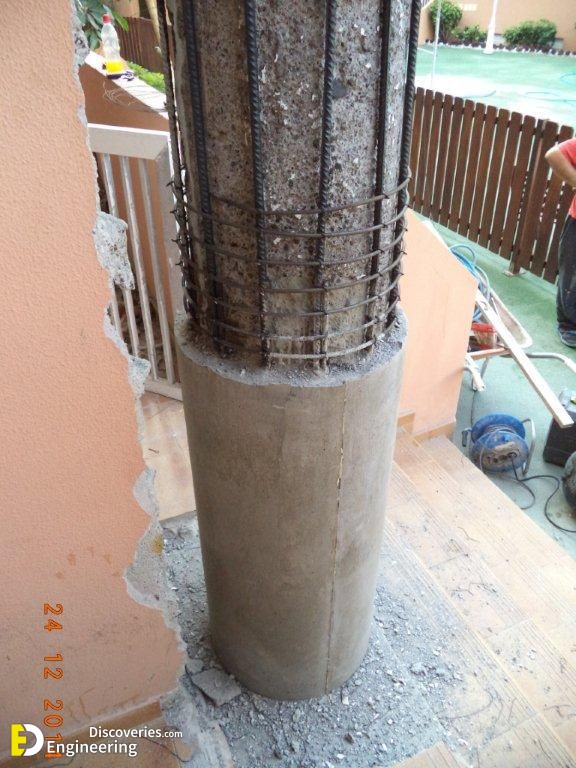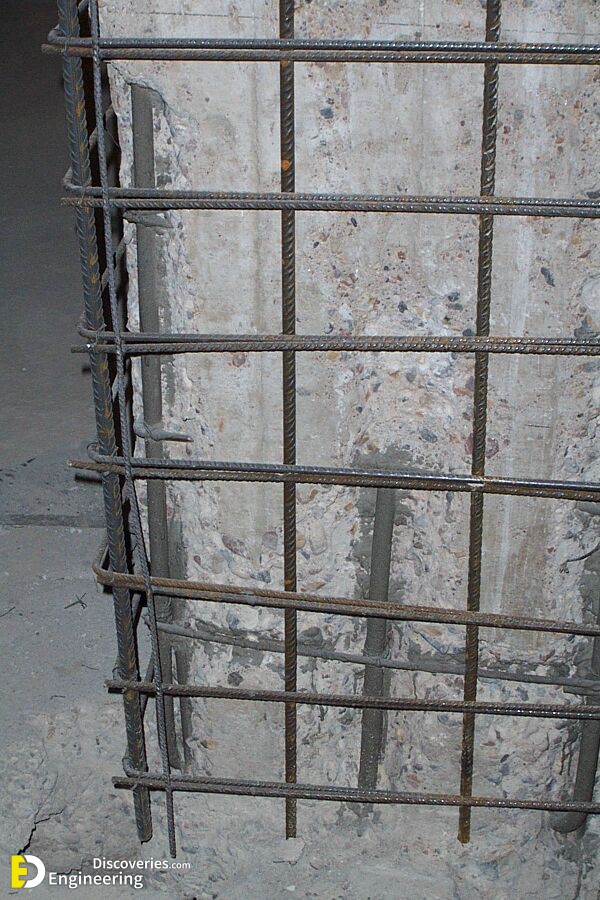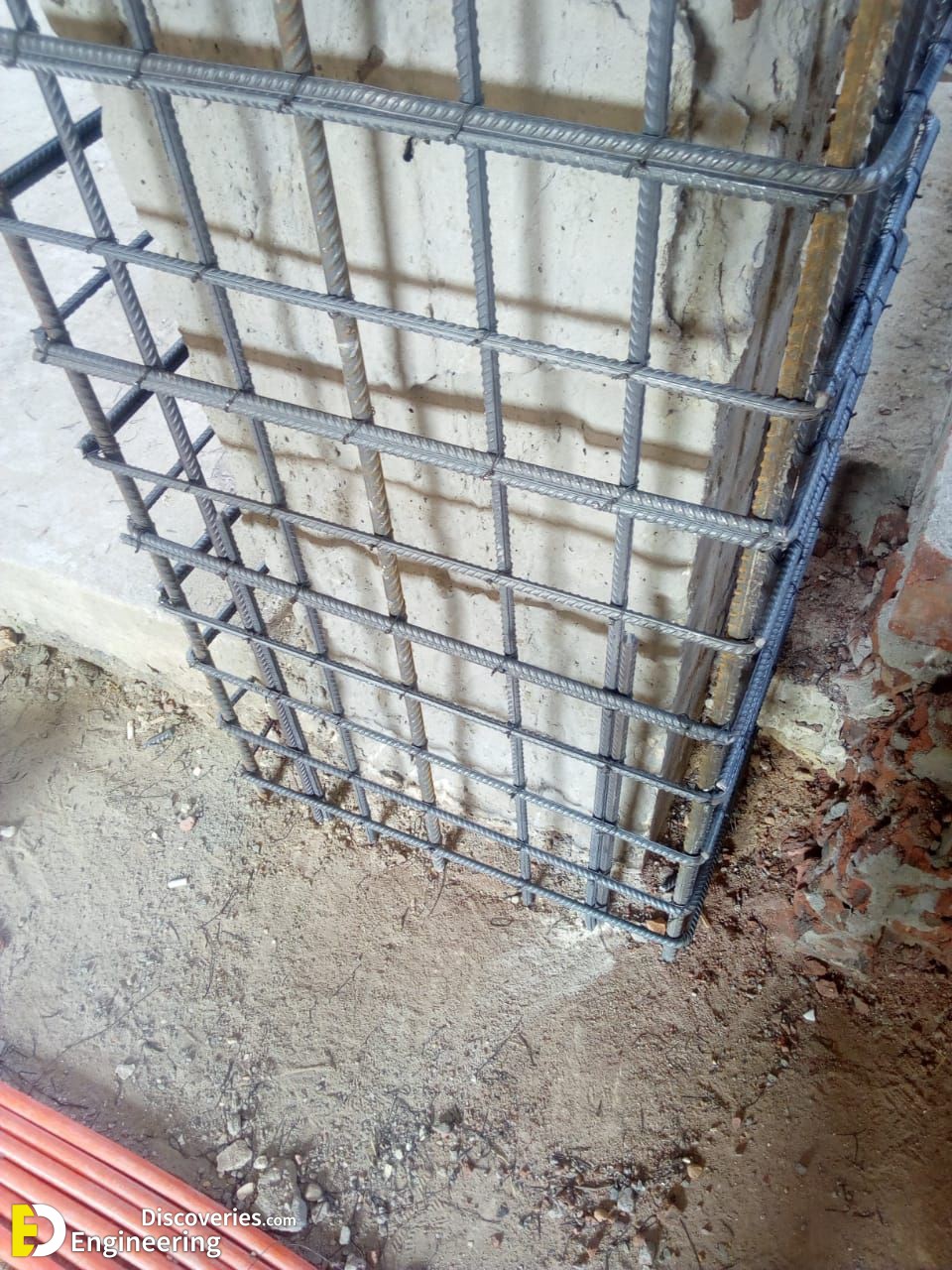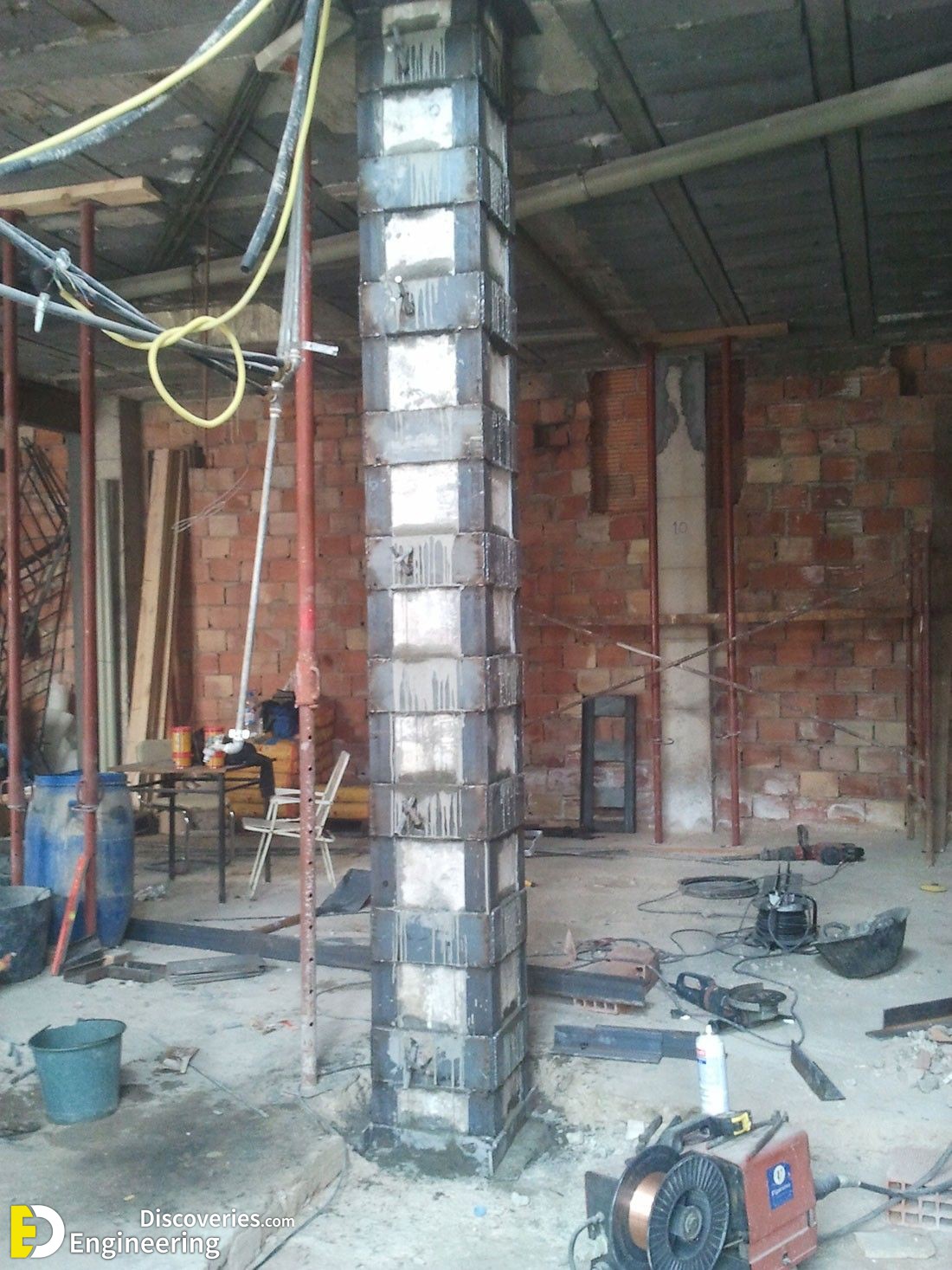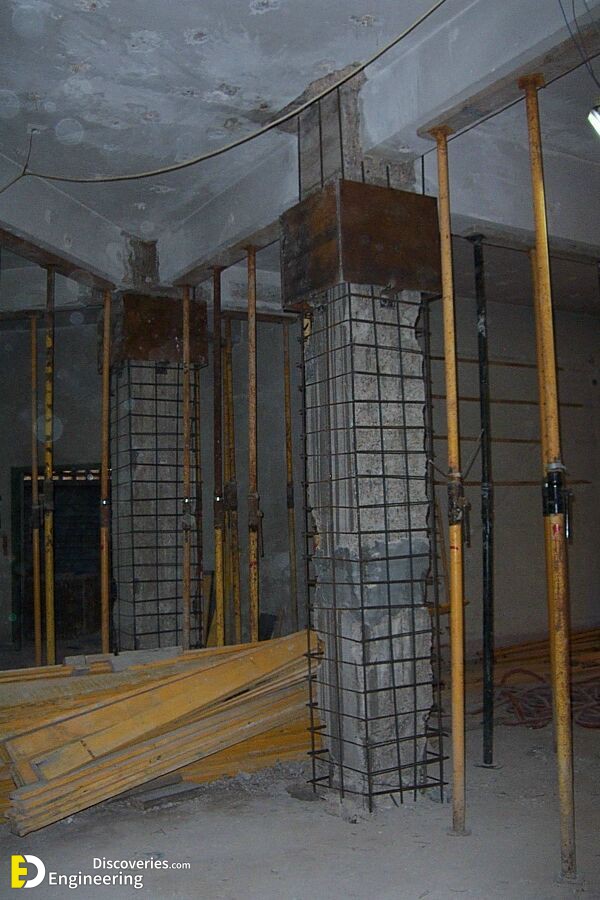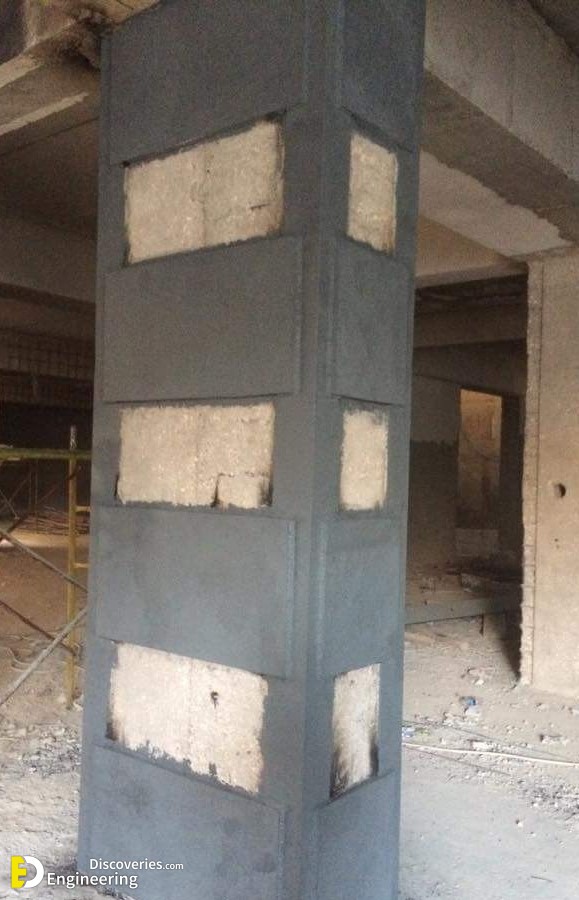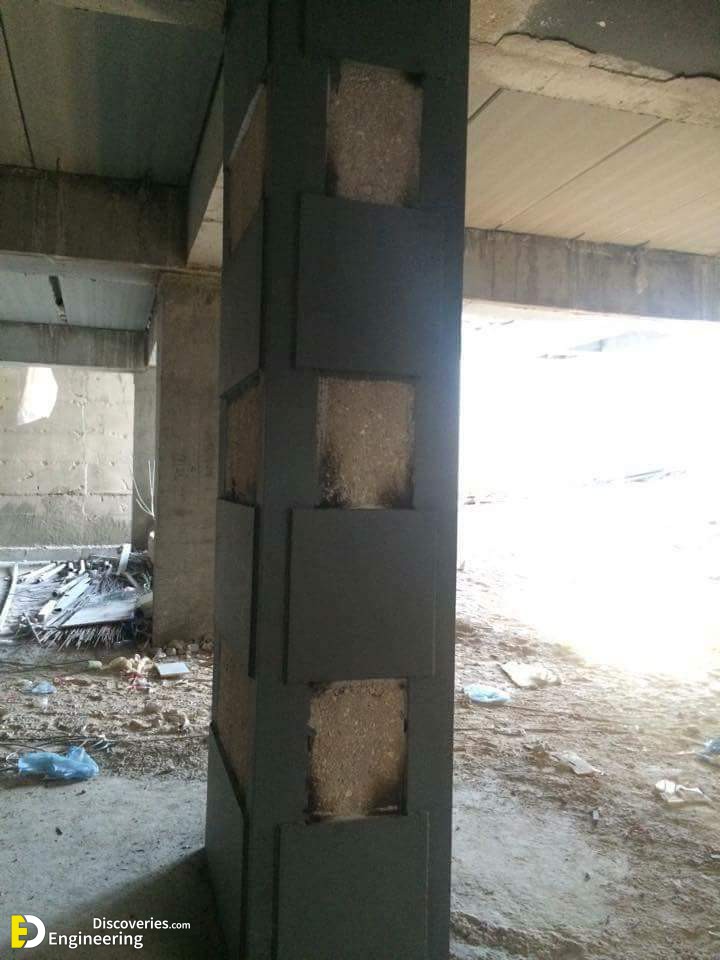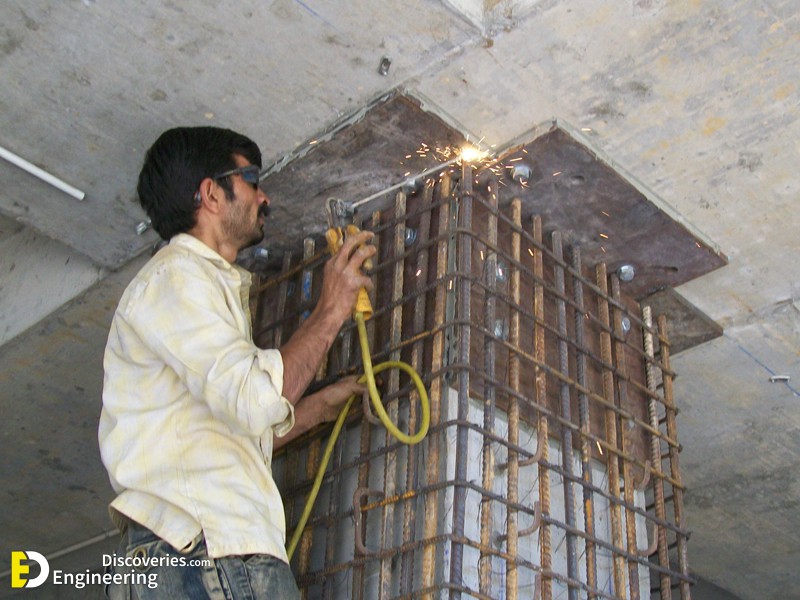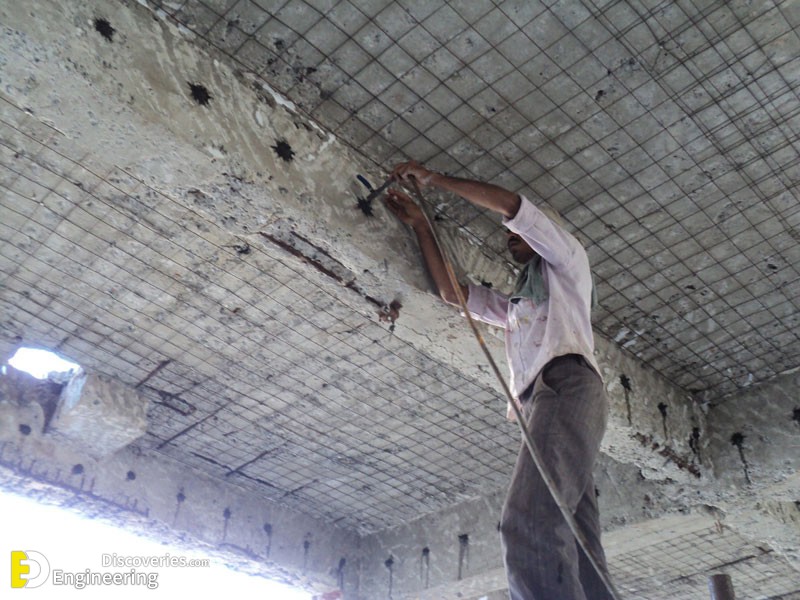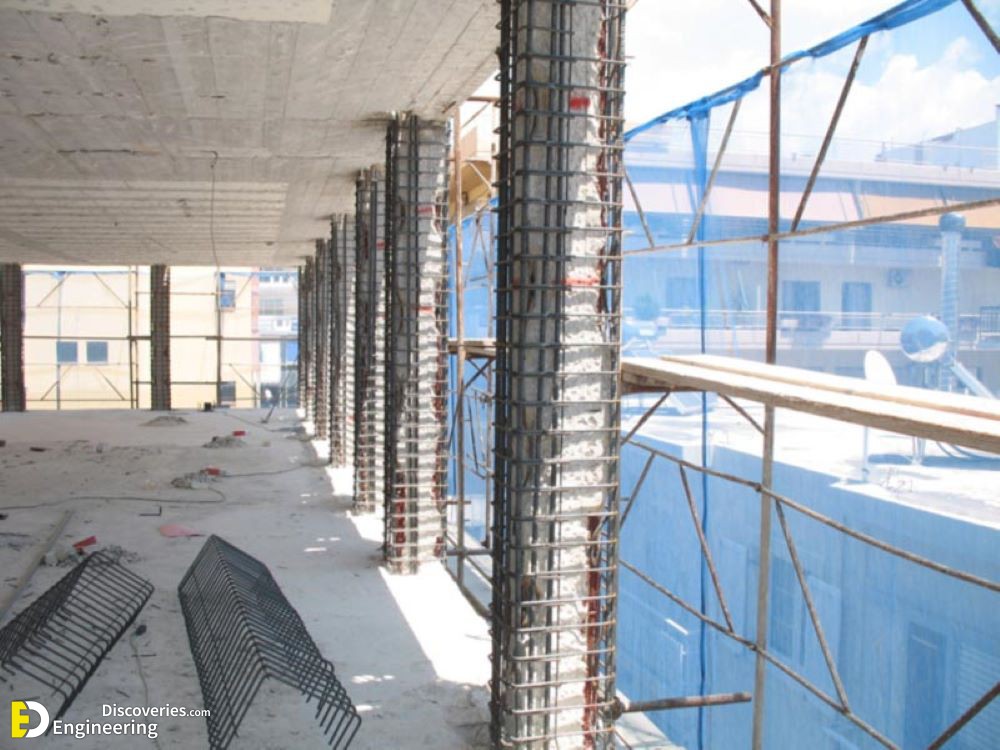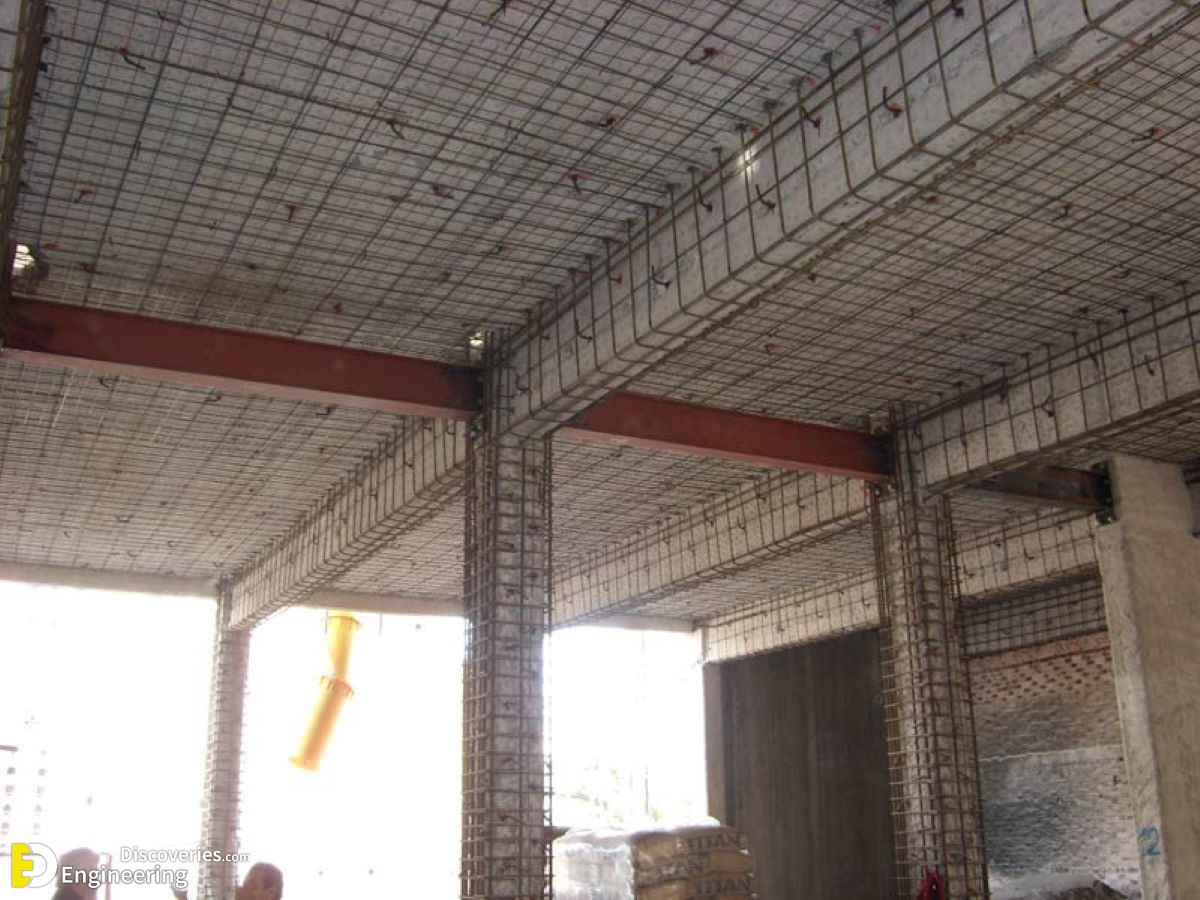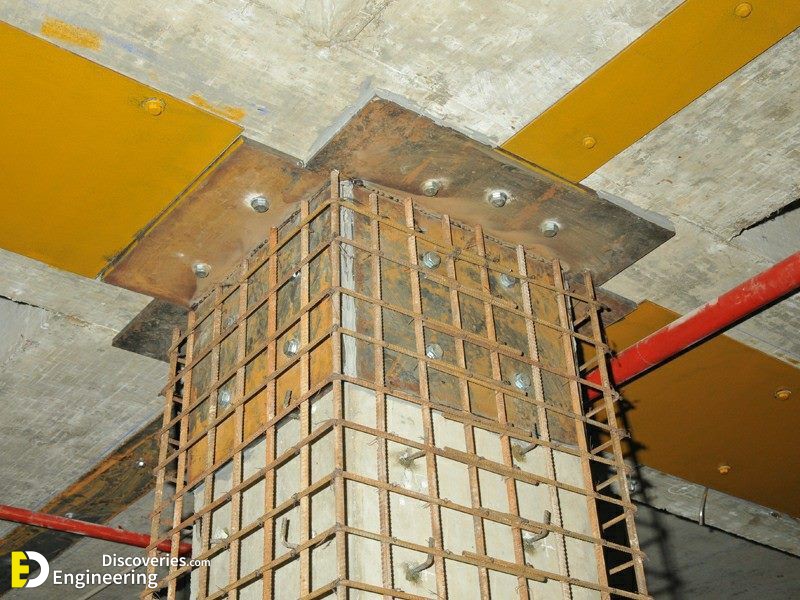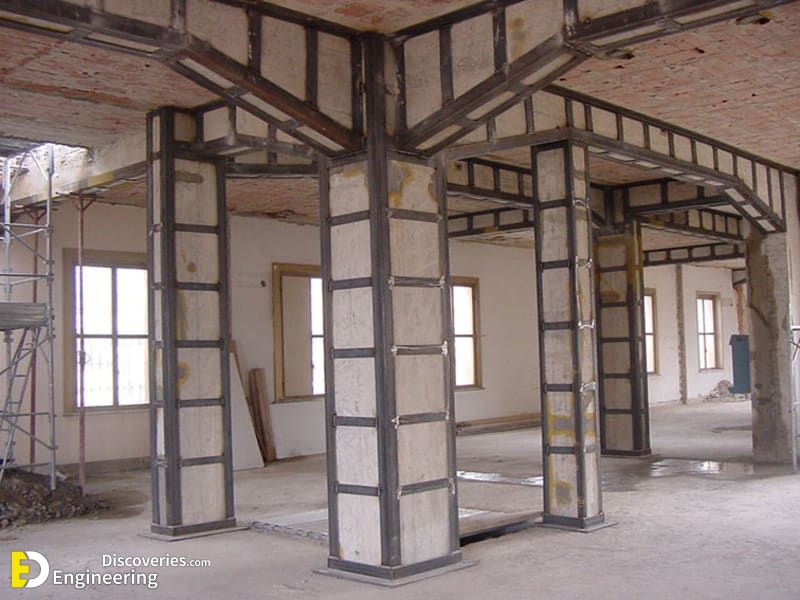Retrofitting means providing something with a component or feature not fitted during manufacture or adding something that it did not have when first constructed. It is often used in relation to the installation of new building systems, such as heating systems, but it might also refer to the fabric of a building, for example, retrofitting insulation or double glazing.
Today, with new technologies, applications, and processes available, a relatively old structure can be retrofitted to withstand seismic encounters. Adding new features to an old system can strengthen it.
The process of retrofitting involves the careful balancing of different elements and their effects on the overall performance of a building. A change in one part of a building can affect another, and sometimes this is only apparent after irreversible defects have occurred. For example:
- Sealing buildings to improve their air-tightness can cause condensation problems.
- Insulating a roof without also ventilating it can cause decay of timber structure.
- Internal wall insulation will remove the benefits of thermal mass which may have a detrimental effect on fuel usage.
- External wall insulation will prevent the thermal storage of heat from solar gain to be utilized within the building.
- Poorly installed cavity wall insulation can create cold spots that then have damp problems that are extremely difficult to rectify.
- Pre-existing problems can be covered up, so more difficult to diagnose and rectify.
Click Here To See 45+ Photos Showing RCC Concrete Stairs Under Construction!





